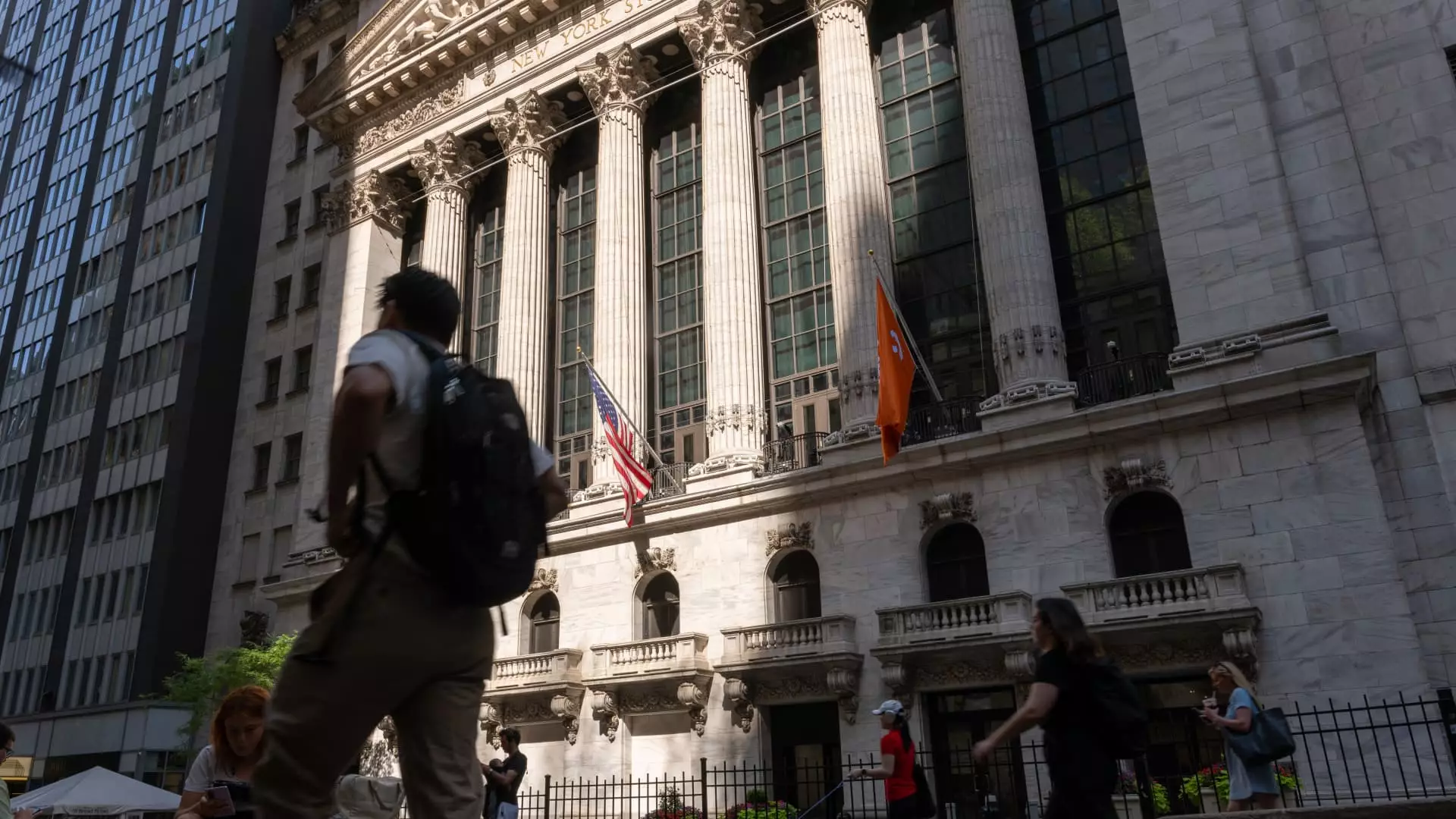The recent fluctuations in the mergers and acquisitions (M&A) market present a classic case of unpredictable dynamics in global finance. Early 2023 brought a wave of optimism among dealmakers, thanks to streamlined regulatory frameworks and a business-friendly environment engendered by the Trump administration. This optimism, sadly, was swiftly dashed by the introduction of sweeping tariffs that unleashed chaos within financial markets, effectively putting a freeze on M&A activity. It’s a troubling reminder of how delicate the balance is between government policies and the financial well-being of corporations.
Unlike the heady optimism observed at the beginning of the year, the imposition of tariffs created an umbrella of uncertainty. Investment professionals noted a drastic dip in deal flow, as confidence waned amid market volatility. The anticipated M&A recovery was forecasted not just for 2023 but also projected to ramp up into 2025. Yet, within a matter of weeks, those expectations morphed from promising to precarious.
Tariff Chill and Rebounding Resolve
The abrupt slowdown in activity due to tariffs showcases the fragility of the economic landscape. In the immediate aftermath of President Trump’s “liberation day” tariff announcement, M&A activity fell off a cliff, plummeting by a staggering 66% in the first week of April. The total value of deals shrunk dramatically as companies froze operations, waiting for clearer skies before committing their resources.
However, hope flickered back to life as Trump suspended some of the highest tariffs, reigniting a smoldering desire among businesses for dealmaking. By May, fresh data displayed a considerable rebound, suggesting that U.S. corporations had not fully lost their appetite for acquisitions. The number of deals and aggregate values indicated a willingness to engage once again—albeit cautiously. Analysts predict that stability in borrowing costs could fuel the M&A engine further, and it seems the market is ready for a second round in this volatile dance.
An Adaptable Market Approach
Despite the dour consequences of tariffs on broader market conditions, nimble organizations have begun recalibrating their strategies. Analyst Charles Corpening from West Lane Partners highlighted the herbal shift we may witness, where deals will likely trend towards “special situations.” These transactions, often characterized by flexibility and urgency, represent a growing category that might shield those involved from the broader market’s uncertainties.
Additionally, smaller deals are predicted to regain traction as larger companies seek to diversify portfolios without inviting too much regulatory scrutiny. This strategic pivot toward minor acquisitions has demonstrated that companies are not merely sitting idle but are actively assessing their positions within an unstable economic paradigm.
The Emerging Patterns of Recovery
Interestingly, the resilience of dealmakers has not gone unnoticed, and some significant transactions have taken place even within this turbulent landscape. High-profile acquisitions in sectors like technology and utilities suggest that the market is not utterly stagnant. For instance, Constellation Energy’s acquisition of Calpine for $16.4 billion reflects a willingness to push through economic headwinds. Similarly, Walgreens’ engagement in a $10 billion deal with Sycamore Partners captures the essence of adapting to ever-changing environments.
These examples are not mere anomalies—they signify a transformation in how companies approach M&A in a turbulent climate. As larger enterprises seek to optimize their assets and navigate potential pitfalls, creative solutions are becoming the raison d’être for successful business transactions in contemporary markets.
A Brightening Outlook for M&A
Ultimately, the resurgence of interest in M&A represents a bold declaration of resilience in the hold of changing political landscapes. As businesses strive to adapt to the new realities post-tariff impositions, it’s reassuring to note that deal activity is once again on the rise. Professionals like Kevin Ketcham from Mergermarket affirm that clearer trade policies and recovering equity markets cultivate conducive conditions for a strengthened M&A landscape.
This reviving climate is supported by indicators that suggest a return of consumer confidence in sectors long deemed transactional. With companies reassessing their strategies and gearing up for a more calculated approach, the resurgence reflects a spirit of adaptability that is critical in today’s volatile environment. What’s clear is that even in uncertain waters, the willingness to engage in M&A persists, setting the groundwork for a dynamic future where resilience might just triumph over adversity.

